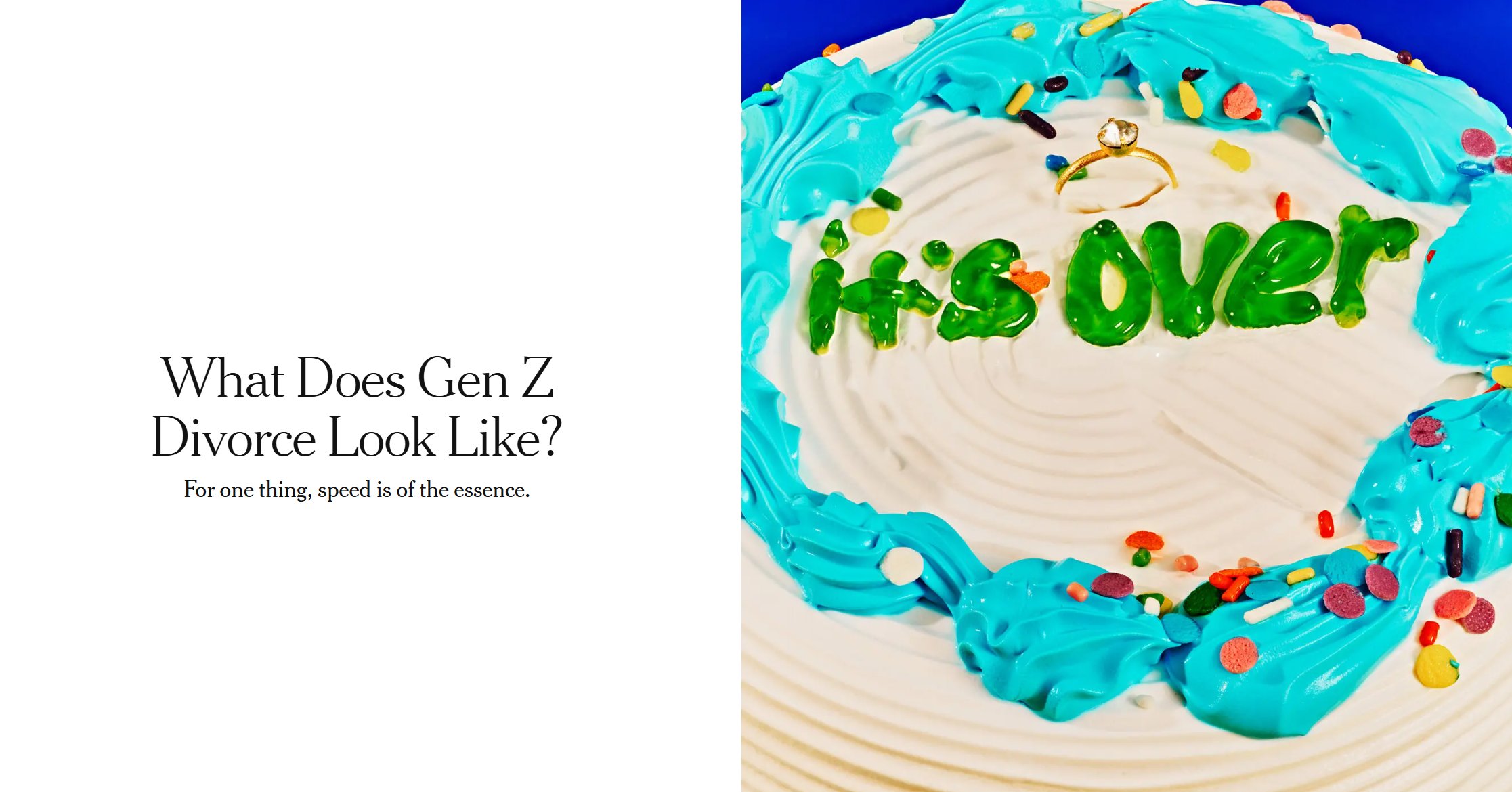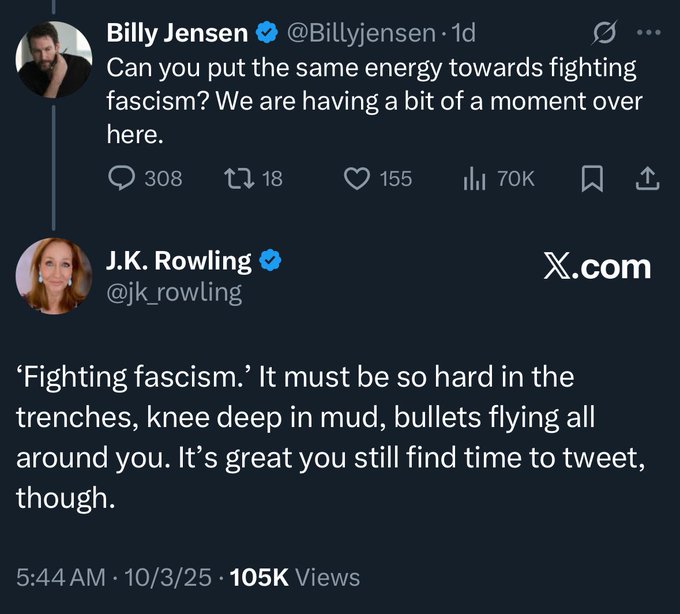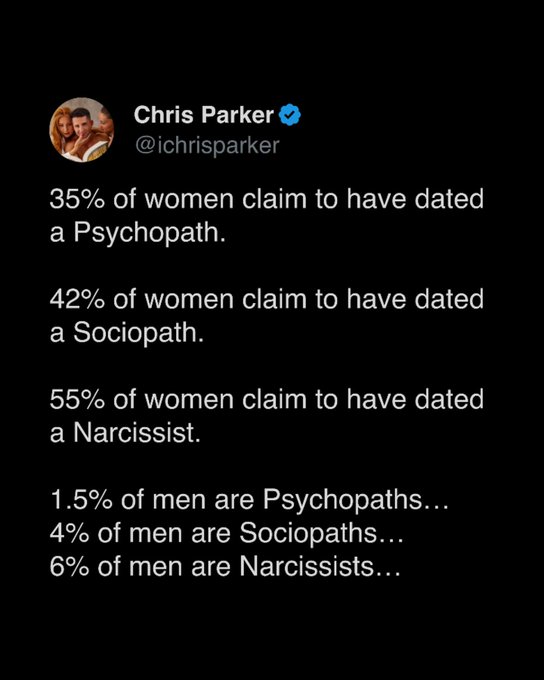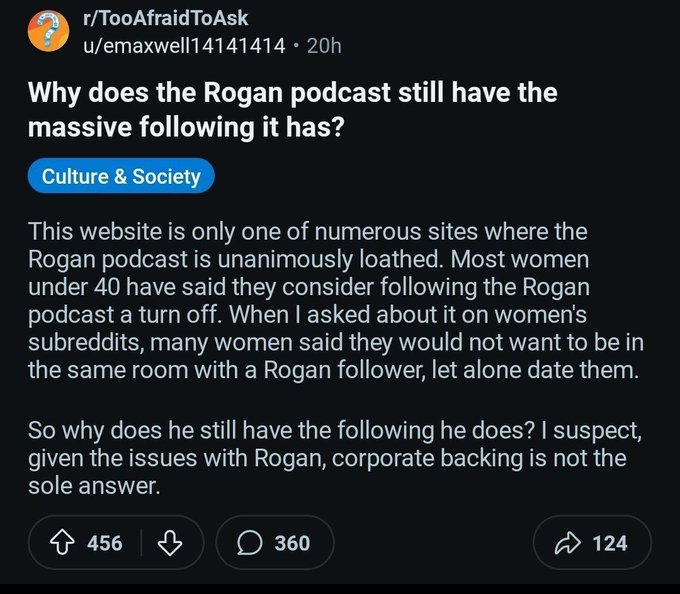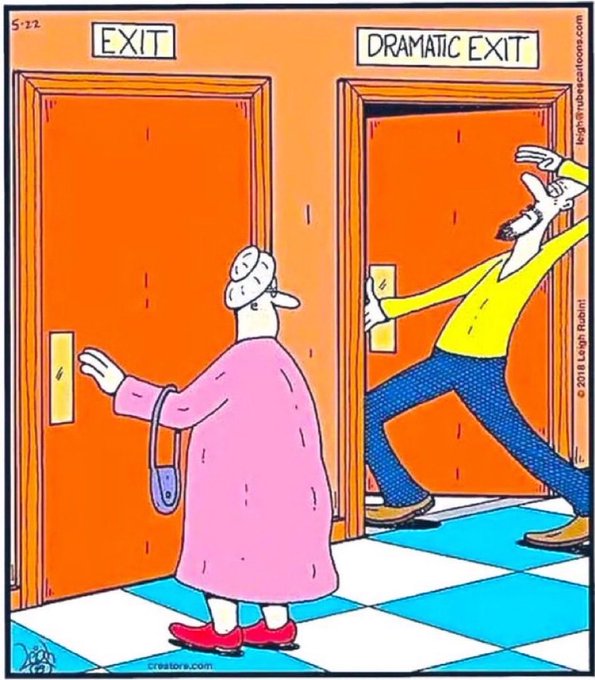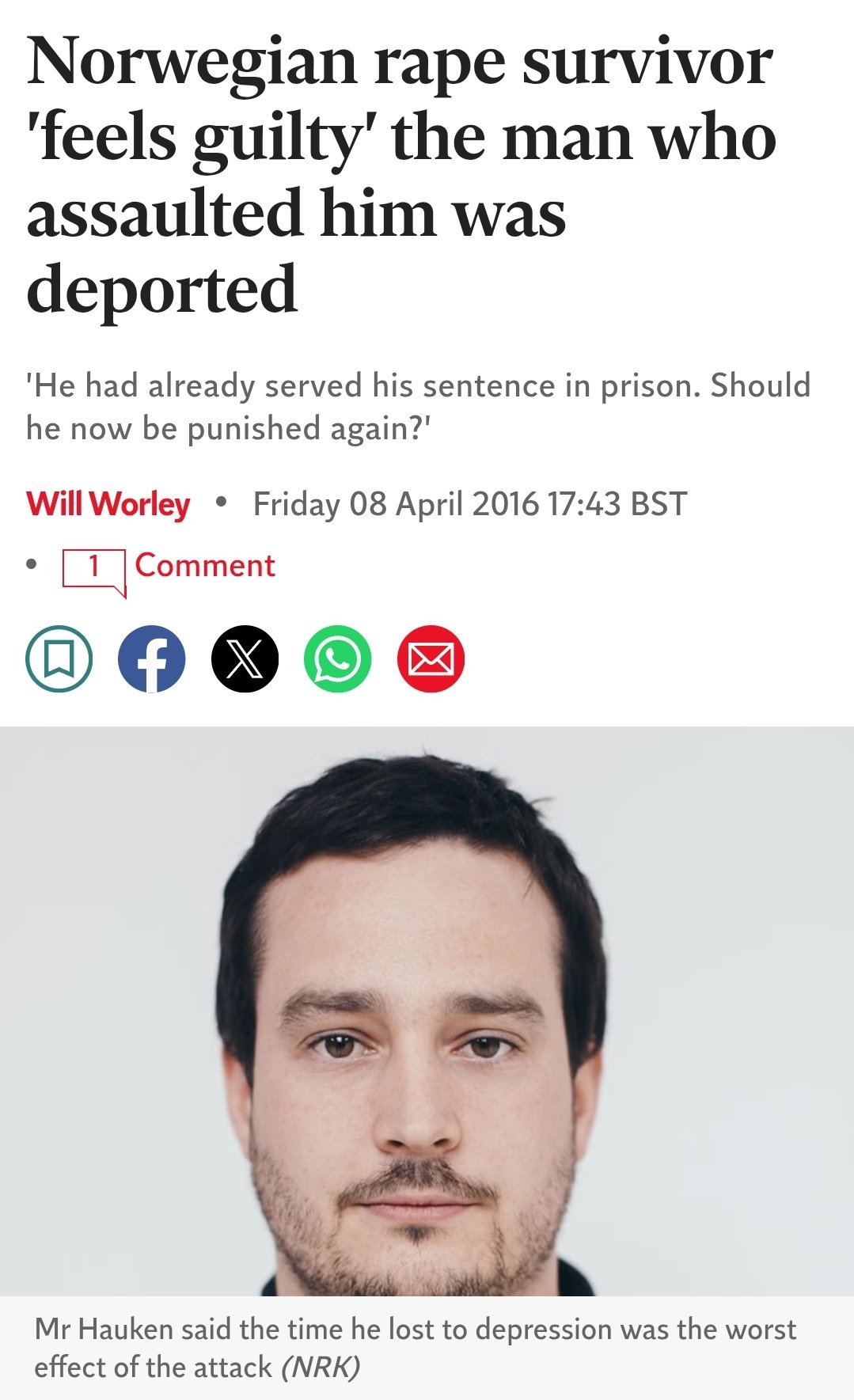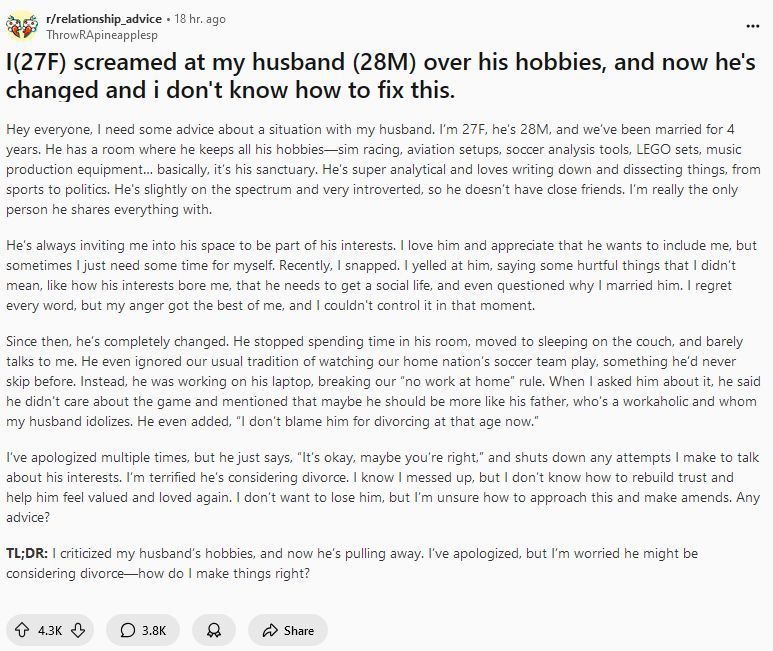Leisher wrote: ↑Tue Nov 04, 2025 4:16 pm
So, what's the cut off for when someone isn't a child? Is Belichick's relationship with a 20-something that dominates him ok? How about if a 90 yo dates a 70 yo? Maybe stop trying to stretch societal morals to make yourself feel better?
25 is not a barely legal girl. Shit, my wife was married before then... oh, wait, I'm a pedo.
The trans shark one was kinda funny.
Voting - I still err on the side of accessibility vs proof. Every system has fraud, and the question is "what is the allowable amount of fraud?" I don't think the system was getting abused in the 2000s.
Here's the whole article from Scientific American:
https://www.scientificamerican.com/arti ... is-wrong1/ They are specifically discussing endurance events like marathons and longer, and whether women could have been hunters.
more context:
If females are better able to use fat for sustained energy and keep their muscles in better condition during exercise, then they should be able to run greater distances with less fatigue relative to males. In fact, an analysis of marathons carried out by Robert Deaner of Grand Valley State University demonstrated that females tend to slow down less as a race progresses compared with males.
If you follow long-distance races, you might be thinking, wait—males are outperforming females in endurance events! But this is only sometimes the case. Females are more regularly dominating ultraendurance events such as the more than 260-mile Montane Spine foot race through England and Scotland, the 21-mile swim across the English Channel and the 4,300-mile Trans Am cycling race across the U.S. Sometimes female athletes compete in these races while attending to the needs of their children. In 2018 English runner Sophie Power ran the 105-mile Ultra-Trail du Mont-Blanc race in the Alps while still breastfeeding her three-month-old at rest stations.
Inequity between male and female athletes is a result not of inherent biological differences between the sexes but of biases in how they are treated in sports. As an example, some endurance-running events allow the use of professional runners called pacesetters to help competitors perform their best. Men are not permitted to act as pacesetters in many women's events because of the belief that they will make the women "artificially faster," as though women were not actually doing the running themselves.
The modern physiological evidence, along with historical examples, exposes deep flaws in the idea that physical inferiority prevented females from partaking in hunting during our evolutionary past. The evidence from prehistory further undermines this notion.
Consider the skeletal remains of ancient people. Differences in body size between females and males of a species, a phenomenon called sexual size dimorphism, correlate with social structure. In species with pronounced size dimorphism, larger males compete with one another for access to females, and among the great apes larger males socially dominate females. Low sexual size dimorphism is characteristic of egalitarian and monogamous species. Modern humans have low sexual size dimorphism compared with the other great apes. The same goes for human ancestors spanning the past two million years, suggesting that the social structure of humans changed from that of our chimpanzeelike ancestors.
but that article is super long, and im not reading it all.
I voted. There are literally TWO elections in my precint, both town elections. 30 minute line to vote.
It's not me, it's someone else.

